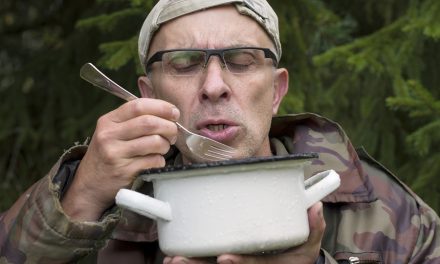According to a new report from the National Center for Health Statistics (part of the CDC), more than 63,600 lives were lost to drug overdose in 2016, with most of those deaths, 42,249 of them, involving opioids (which includes heroin, fentanyl, oxycodone, and hydrocodone). And, while overdose rates have risen across the board, the most significant rises were in those between the ages of 25 and 54.
RELATED STORY:
Thus far, 2016 has been the most deadly year of our epidemic.
In fact, in less than 10 years:1
- over a thousand more Americans, than the 41,070 Americans who die from breast cancer each year, have died from drug overdose
- the rate of deadly overdoses from synthetic opioids other than methadone has skyrocketed an average of 88% each year since 2013; more than doubling in 2016 to 19,413, from 9,580 in 2015
- since 2014, the rate of heroin overdose deaths has jumped an average of 19% each year
and in 2009, prescription narcotics were implicated in 26% of all fatal drug overdoses, while heroin was at just 9% with synthetics at 8%. However, in 2016, prescription drugs were involved in 23% of all deadly overdoses while heroin was responsible for about a quarter of all drug fatalities, and synthetic opioids at about a third.
The report notes that in 2016, the states with the highest rates of overdose were West Virginia, Ohio and New Hampshire. Although the rate of overdose in West Virginia was over 2.5 times the national average of 19.8 overdose deaths for every 100,000 people. In fact, the nationwide outlook isn’t great but the average is way worse in twenty-two states and the District of Columbia.
RELATED STORY:
“Provisional data for 2017 from the CDC show no signs of the epidemic abating, with an estimate of more than 66,000 overdose deaths for the year. ‘Based on what we’re seeing, it doesn’t look like it’s getting any better,’ said Bob Anderson, chief of the mortality statistics branch at the National Center for Health Statistics.
He said the data for this year was still incomplete because of the time it takes to conduct death and toxicology investigations. However, Anderson says, the 2017 estimates are alarming. ‘The fact that the data is incomplete and they represent an increase is concerning,’ he said.”2
Good news in this public health emergency
However, addiction specialist Dr. Andrew Kolodny says that there is some good news. Kolodny, the executive director of Physicians for Responsible Opioid Prescribing, says, “…it’s possible that we are preventing less people from becoming addicted through better prescribing.”3
“Studies have shown that while rates of opioid prescribing remain high in the US, they have decreased from a peak of 81 prescriptions for every 100 people in 2010 to about 70 per 100. Kolodny also pointed to recent surveys indicating that opioids were being less-frequently abused by teens.”4
RELATED STORY:
In October, President Trump declared the opioid crisis a public health emergency and his Commission on Combating Drug Addiction issued its final report with more than 50 recommendations to help solve the crisis. However, the suggestions were not accompanied by the funds needed to make those changes and many worry that the new tax bill will worsen the crisis.












